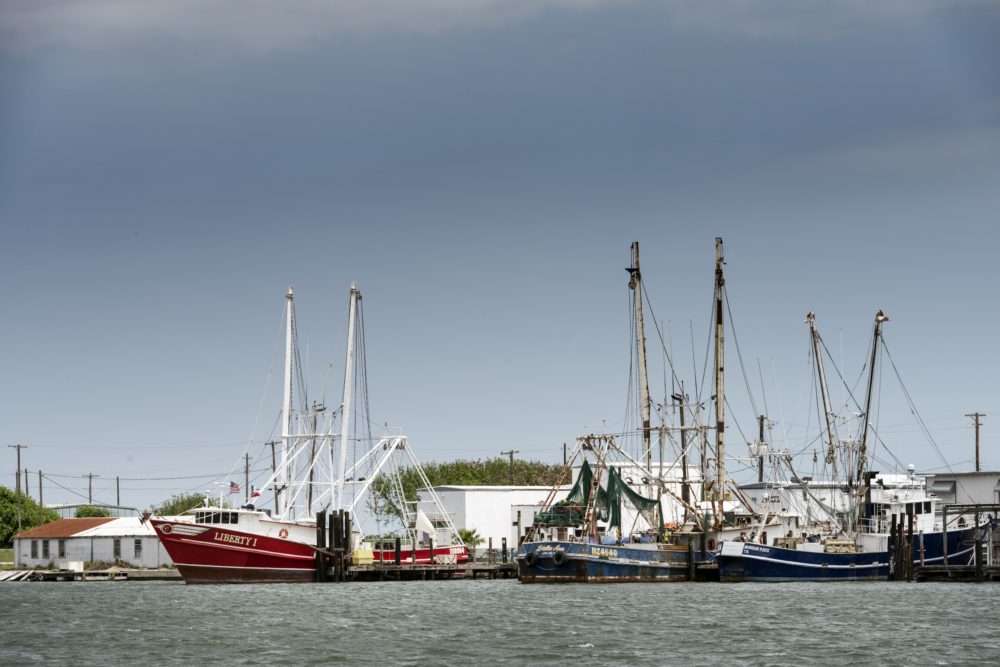Shrimping is a tough job. Working conditions are often harsh, and income can be unpredictable. Still, it’s how thousands of people on the Texas Gulf have made their living for decades.
But that might not be true for long. The number of Texas shrimpers is on the decline.
Natalie Krebs, a reporter for the Beaumont Enterprise says the Texas shrimping industry is concentrated in the Beaumont-Port Arthur area. It has been dominated by Vietnamese immigrants since refugees from the Vietnam War began arriving in the U.S. in the late 70s.
Krebs says the industry is currently in decline for several reasons, Cold fronts and droughts have decreased the shrimp population in the past few years. In addition, two major hurricanes did extensive damage to shrimpers’ boats, causing many people to leave the industry,
“The biggest factor that’s come into play recently, ” Krebs says “is that in the early 2000s, the U.S. started importing more shrimp from foreign countries, like India, Indonesia, Thailand and Ecuador.”
She says imported shrimp sells, on average, for $1.50 a pound less than U.S. shrimp because importers face fewer regulations in their home countries.
What you’ll hear in this segment:
– Why the children of many Vietnamese shrimpers are leaving the business
– What factors might lead to a resurgence in the shrimping industry














